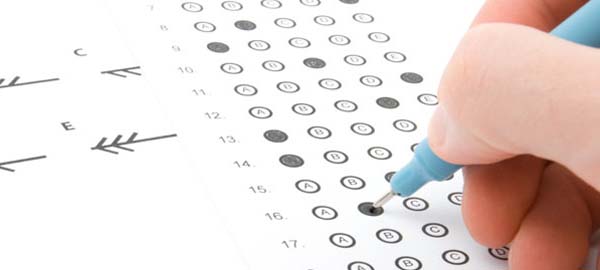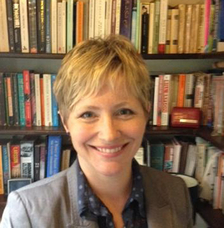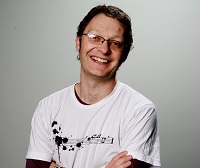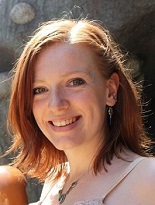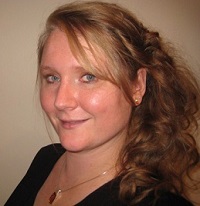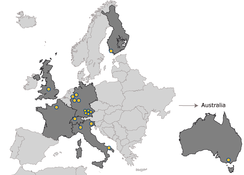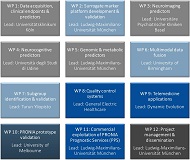Dr Rachel Upthegrove is a Clinical Senior Lecturer in Psychiatry in the College of Medical and Dental Sciences at the University of Birmingham, affiliated with the Institute of Inflammation and Ageing and Centre for Human Brain Health. She has extensive track record of research in early psychosis and youth mental health, and works closely with the department of Psychology at the University of Birmingham (Stephen Wood, Pavan Mallikarjun), Institute of Brain Behaviour and Mental Health, University of Manchester (Bill Deakin) and University of Warwick (Max Birchwood, Mathew Broome and Steven Marwaha). Her primary interests are around how we define and investigate symptoms, and the importance of ‘co-morbidities’, in early psychosis.
Clinically Rachel has worked within Early Intervention Services as lead consultant for over 10 years, and has recently moved with the Birmingham EIS services to Forward Thinking Birmingham, an innovative youth mental health service spanning the entire 0-25 age group. Such EIS and early identification services are an important step to the success of research in emerging mental disorder.
Prof. Wood is Professor of Adolescent Brain Development and Mental Health at the University of Birmingham, and has an extensive track record of imaging research in young people at risk for psychotic disorders. He works closely with the clinical teams in Birmingham & Solihull, including academic clinicians in the Department of Psychiatry (Dr Rachel Upthegrove), and at the University of Warwick Medical School (Prof. Max Birchwood and Prof Swaran Singh). His primary research interests are around understanding the onset phase of severe mental disorders, and how to predict clinical outcome.
In addition, the Centre for Human Brain Health at the University of Birmingham provides direct access to research-dedicated magnetic resonance imaging through the Birmingham University Imaging Centre (BUIC). BUIC operates a 3 Tesla Philips Achieva scanner, and has state-of-the-art stimulus delivery and recording equipment, including eye tracking and limb movement recording in the scanner, transcranial magnetic stimulation (TMS) and 64 channel simultaneous EEG recording.






